Scandinavian interior design, known for its pure lines, simplicity, and integration of nature, has made its mark on the global interior design landscape. The roots of this understated and iconic style can be traced back to the Nordic sensibilities of the early 20th century, placing function before form and fostering a deep connection with the earth. This essay unearth the rich history, principles, and key hallmarks of Scandinavian design while demonstrating how to weave this timeless aesthetic into your own home. It also navigates through its ongoing transformation and influence in contemporary design — as Scandinavian design remains a beloved and inspiring design movement that continues to evolve.
Historical Background of Scandinavian Interior Design
Historical and Cultural Roots
Scandinavian design originated in the Nordic countries (Denmark, Norway, Sweden, Iceland, and Finland) in the early 20th century. This design philosophy was born out of a regional socio-political context that emphasized progressive social values such as equality, functionality, and comfort.
Inspired by the natural beauty of the Nordic region, as well as the long, cold winters Scandinavian people endure annually, this design typically incorporates natural forms, materials, and motifs. The Scandinavian interior design movement grew parallel to the Modernist movement in the 1930s, so its stylistic tendencies align closely with principles of modern design such as minimalism, simplicity, and functionality.
The post-war economic boom saw Scandinavian countries hypothesize a model of living concerning improved living conditions for the general public. It was then when recognizable icons of Scandinavian design, such as Alvar Aalto, Verner Panton, Borge Mogensen, and Arne Jacobsen rose to the forefront, producing pieces that were accessible and useful to the masses.
Aesthetic and Philosophical Influences
Scandinavian design exudes an aesthetic of simplicity, minimalism, and functionality. It is characterized by clean lines, pale colors, ample use of wood and other natural materials, and minimal ornamentation. Scandinavian interior design resonates with the philosophy, ‘less is more’, embodying the ideal that beautiful and functional everyday objects should not only be affordable to the wealthy but to all.
This aesthetic is supplemented by an emphasis on form and functionality. It’s not uncommon to find multi-use pieces, adaptability in design as it endeavors to develop solutions that improve daily life while pleasing the eye. Part of this functionality also lies in the light-filled, airiness of Scandinavian interiors, in response to dark Nordic winters. Minimalistic light fixtures, pale walls and floors, and simple, airy window treatments are aplenty in Scandinavian design.
Influence of Functionality and Simplicity
Scandinavian interior design holds at its core, a harmonious blend of functionality and simplicity. Each component, whether it’s a piece of furniture, decor, or architectural feature, is designed to be practical, simple and aesthetically pleasing. This design principle has deep-rooted connections to historical context in Nordic regions where resources were scarce, leading to the development of functional and multipurpose items.
The layout of Scandinavian interiors is crafted to optimize space and minimize clutter. Furniture is carefully selected to meet necessary requirements, with preference given to multifunctional and space-saving pieces. This minimalist approach doesn’t just resonate with the Nordic value for simplicity but creates warm and welcoming interiors, particularly important in regions known for their harsh winters.
This particular style of interior design has made a significant impact on global aesthetics due to its ageless charm and versatility. With roots deeply embedded in history and culture, Scandinavian design is more than just a fleeting trend, it represents a lifestyle that celebrates simplicity, practicality, and beauty. Adopting the Scandinavian design philosophy can transform a space into a serene and soothing environment.
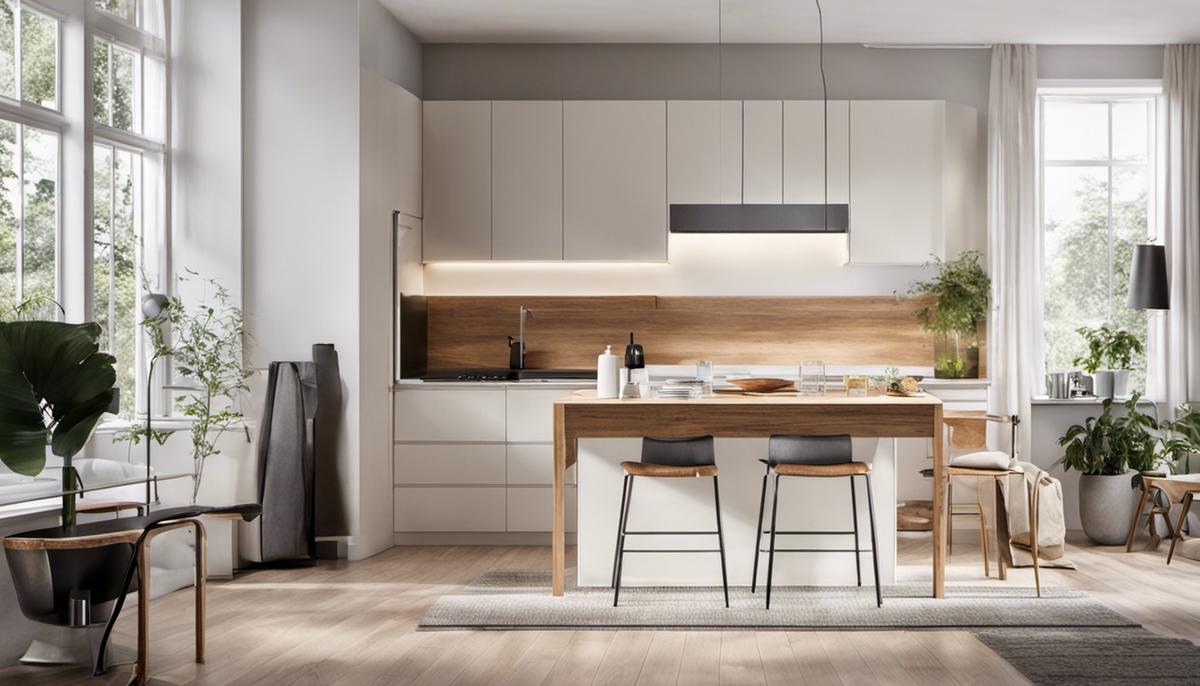
Key Principles of Scandinavian Design
Minimalism in Scandinavian Design
A foundational pillar of Scandinavian interior design is its embrace of minimalism, which promotes simplicity along with functionality. Rather than being about stark austerity, minimalism in this context is about thoughtfully choosing items that have a purpose within a space. Emphasis is placed on eliminating clutter and creating clarity, fostering a tranquil, comfortable living area. Each piece of furniture, in its most basic form, is devoid of unnecessary details or ornamental embellishments. The color scheme tends toward the softer side, with colors such as whites, grays, and pastels dominating, which in turn helps to evoke a sense of calm and tranquility. Another key element in maintaining this minimalist aesthetic is smart storage solutions, which are woven into the overall design to keep the space clean and uncluttered.
Functionality is Key
Functionality is another defining principle of Scandinavian interior design. Every piece of furniture or decor in a Scandinavian-designed space has a specific purpose. Nothing is added for mere aesthetic appeal; all elements are practical and serve a function. Spaces are designed to facilitate ease and convenience, with furniture arranged to create an easy flow of movement. Natural light is utilized to its maximum potential, with large windows often left undressed, or minimally dressed, to let in as much light as possible. This focus on functionality doesn’t mean sacrificing style. In fact, Scandinavian furniture is known for its innovative design, where functionality and aesthetics are fused in harmony.
A Connection to Nature
Thirdly, Scandinavian interior design is distinguishable by its deep reverence for nature. This principle is manifested through the prevalent use of natural materials such as wood, leather, wool, and linen in furnishings and decor. These materials are often left in their most natural state, emphasizing their intrinsic beauty. Houseplants are another common feature in Scandinavian interiors, further strengthening this connection to nature.
Moreover, the color palette in Scandinavian design frequently mirrors the natural hues found in the Nordic outdoors, reflecting the deep forests, snowy winters, and occasional burst of brilliant color in the Northern Lights or the brief, vibrant summer.
Scandinavian interior design is defined by its unique combination of principles, resulting in an aesthetic that exudes serenity, balance, and understated elegance. This design ethos aligns with the functional requirements of the inhabitants, utilizing minimalism, functionality, and inclusivity of nature to create a haven away from the external world’s frenzied rhythm. In essence, these spaces beautifully mirror the values and culture inherent in Scandinavian societies.
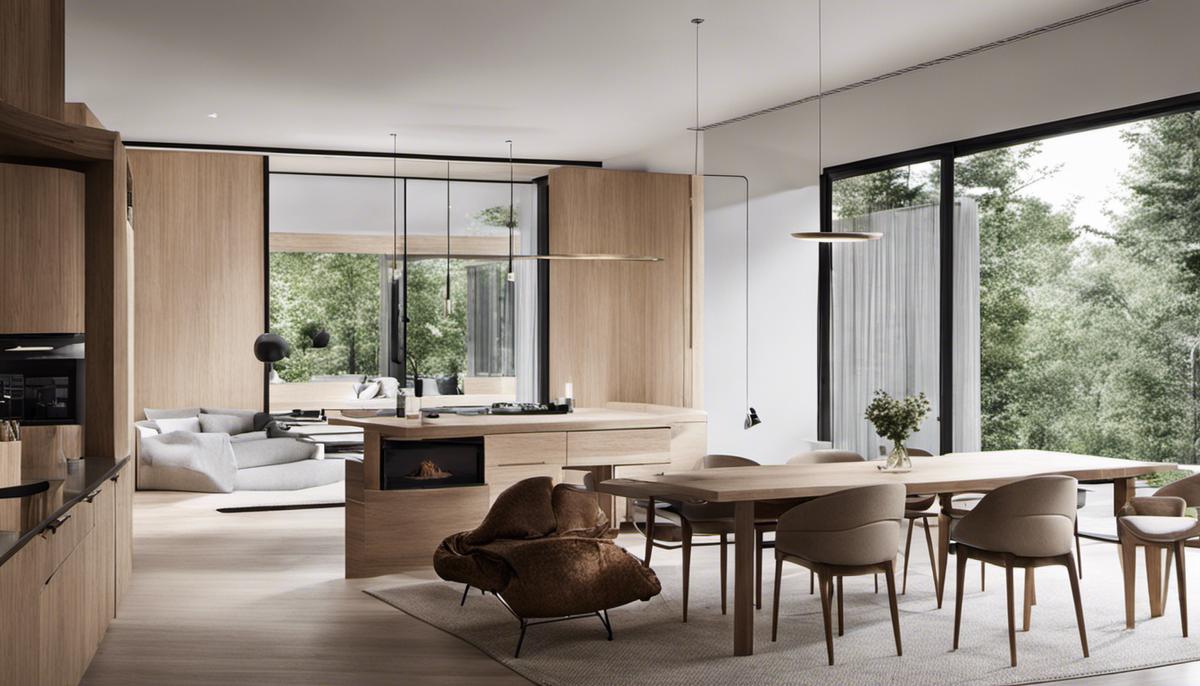
Major Elements and Features
The Essentials of a Scandinavian Home
The employment of raw, natural materials forms a foundational aspect of Scandinavian interior design. This paradigm is most evident in the abundant use of wood, not just in structural elements but also in furnishings and décor items. Lighter wood varieties such as pine, beech, and ash are commonly chosen, imbuing every space with warmth and lightness. Moreover, stone often features prominently, particularly in flooring solutions and fireplaces. Granite, slate, and soapstone are some favored choices that contribute to the desired aesthetic impact.
Color Schemes in Scandinavian Interiors
The primary color scheme in Scandinavian design is often a blend of whites, grays, and blacks. This neutral palette creates a soothing environment and pairs beautifully with the natural materials that define the style. To add warmth and contrast, soft pastels or pops of vibrant color may be included. Typical additions are hues of cool blues, millennial pinks, or forest greens. These colors can feature in accessories, textiles, or wall art.
Iconic Scandinavian Furniture
Scandinavian design is known for its functional, yet stylish, furniture. There is an emphasis on clean lines and simple forms that don’t sacrifice comfort. Nordic designers have made significant contributions to the world of furniture design, creating iconic pieces that are still sought after today. Designs like the Egg Chair by Arne Jacobsen, the Pelican Chair by Finn Juhl, and the Tulip Chair by Eero Saarinen encapsulate the principles of Scandinavian design: aesthetically pleasing, practical, and quality craftsmanship.
Importance of Natural Light
Apart from materials, colors, and furniture, natural light plays a major role in Scandinavian interior design. The Nordic countries experience long periods of darkness during the winter. To combat this, interiors are designed to maximize the use of natural light and reflect it throughout the room. This is achieved through large windows, reflective surfaces such as mirrors, and a color palette that emphasizes light.
Embracing the ‘Scandinavian Aesthetic’
The essence of Scandinavian design lies in the seamless blend of its various elements. Natural materials craft calming environments, while a light-hued color palette lends buoyancy and aesthetic profundity to spaces. Iconic furniture plays its roles dutifully, all the while infusing character into the room. Properly harnessed natural light bathes the space in an inviting glow, ensuring that the interiors are well-lit. These ingredients, when combined, succeed in designing living spaces that do not merely captivate the eye, but also serve practical needs and enhance living quality. Scandinavian design focuses on spaces that unite fashion and function but puts comfort and convenience at the forefront.
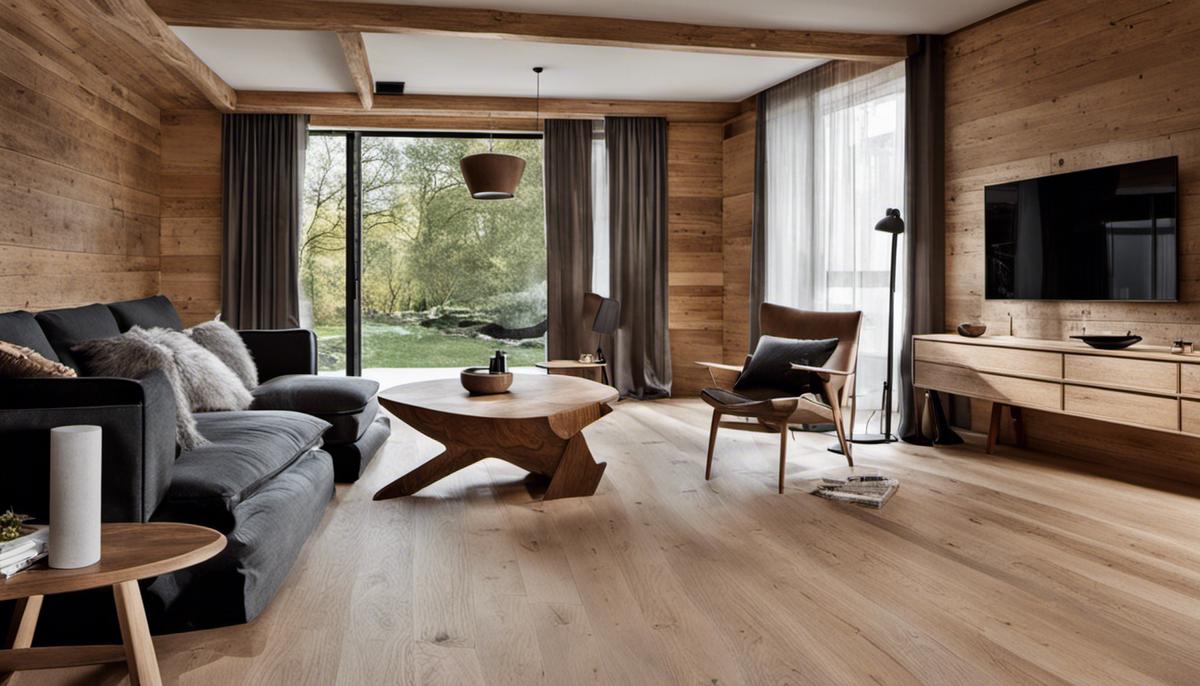
Incorporating Scandinavian Design in Your Home
Navigating the Selection of Scandinavian Furniture
In your endeavor to introduce Scandinavian elegance into your homes, remember the style’s dedication to functionality and simplicity when picking furniture. Clean, precise lines and the frequent use of light-toned wood are defining traits of this aesthetic. Furniture in the Scandinavian style often bears understated designs that draw attention to the refinement of materials and craftsmanship. Staple pieces to consider are light-toned wood or white dining tables and chairs, stripped-down bed frames, and logical storage solutions like sideboards or bookcases.
Arranging Spaces
Space arrangement is crucial in Scandinavian interior design. The style emphasizes fluidity and ease of movement, with plenty of open space. Furniture is typically arranged to foster communication and connection. Bedrooms and living spaces are kept uncomplicated, and clutter is minimized. Remember to balance furniture and decor, as Scandinavian design is all about harmony and equilibrium.
Selecting Color Schemes
Scandinavian interior design is known for its minimalistic use of colors. The color palette is usually light and uniform, with lots of whites, grays, blacks, and neutral colors. These colors help to create a clean and serene atmosphere. Pops of color can be provided by decorative items or textiles, but it is important to keep it balanced and not overpowering the overall look.
Incorporating Decorative Objects
Decorative objects in a Scandinavian interior should be functional as well as beautiful. Simple, unadorned items often made of materials like wood, ceramic, or glass are common in this type of design. It’s common to see items such as cozy wool throw blankets, stylish glass vases, or decorative baskets used for storage.
Lighting in Scandinavian Interior Design
Lighting is a key component of Scandinavian design, given the long, dark winters in this region. Embrace natural light as much as possible by avoiding heavy curtains or window coverings. For artificial lighting, go for sleek, simple designs that don’t overwhelm the space. Pendant lamps, wall fixtures, and modern floor lamps are all great options to provide warm, ambient light.
Incorporating Plants and Natural Elements
Plants and natural elements are central to Scandinavian design. They bring a touch of nature indoors, creating a sense of tranquility and peace. Consider incorporating indoor plants, pinecones, or driftwood pieces as decor. Besides, use of natural elements like wood, stone, and leather in your furniture and decor can also enhance your interior’s Scandinavian appeal.
Embracing Scandinavian style in your home goes beyond just incorporating a few design elements. The principles of simplicity, functionality, and a rootedness to nature are at the heart of Scandinavian design, and fully understanding and employing these can help you transform your space into a place that truly exudes the remedying simplicity of Nordic styles.
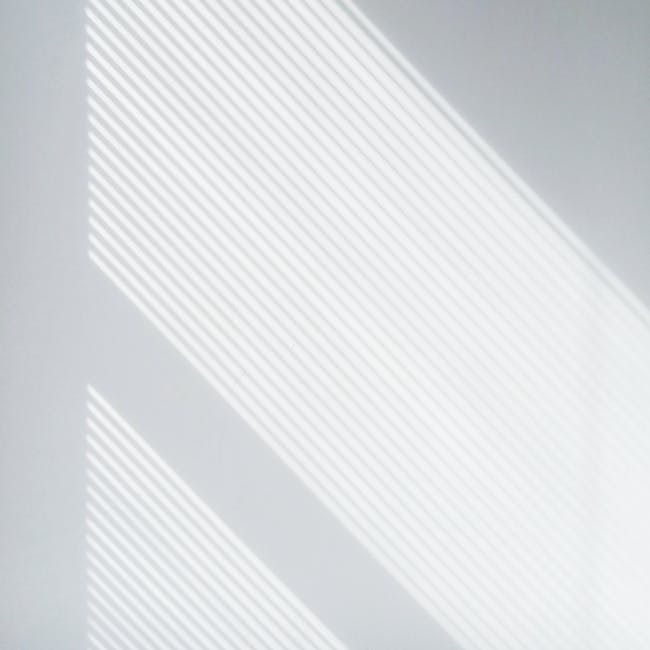
Influence and Evolution of Scandinavian Design
Tracing the Roots of Scandinavian Design
Originating in the mid-20th century in the Nordic countries- Sweden, Norway, Finland, Denmark, and Iceland, Scandinavian design ushered in a new wave of simplicity, functionality, and affordability in the world of interior design. This influential movement did not just reshape the face of design in these countries, but spiraled out to leave a global impact.
This influence is evident in the prominence of brands like Ikea, a Swedish company, that brought Scandinavian designs to the fore of the commercial market. Ikea’s do-it-yourself assembly philosophy, budget-friendliness, and minimalist approach epitomize Scandinavian design concepts. Today, the imprints of Nordic style can be found in any furniture catalogue you may peruse, attesting to the widespread reach and acceptance of this design ideology.
Adaptations of Scandinavian Design
Over the years, the adaptations of this design philosophy have been significant, ensuring its relevance in the contemporary world of design. One primary adaptation is the fusion of traditional Scandinavian design with sustainable practices. Today’s designers take inspiration from functional and minimalistic aesthetics while incorporating eco-friendly materials and energy-efficient technologies. This blend of sustainability and aesthetics is one way the Scandinavian design has modernized and remains influential today.
Moreover, Scandinavian design, originally known for its muted color schemes and emphasis on natural light, has evolved to include bold and vibrant colors. This variation offers a modern twist and adds energy to the minimalist palette. The integration of plants into the design, translating to a more lively, earthy, and soothing environment, is another trend that Scandinavian design has popularized.
Global Influence
Scandinavian design continues to be a significant player in the global design field, shaping contemporary design trends. Geometric prints, minimalist lines, pastel hues, mix of textures, and functionality over aesthetics are all considered hallmarks of Scandinavian design and have been adopted by many designers worldwide. Additionally, the philosophy of hygge, a Danish and Norwegian term for a mood of coziness and comfortable conviviality, has influenced design, especially interior design, around the globe.
Future of Scandinavian Design
Looking ahead, it is expected that the Scandinavian design will continue to evolve and adapt, responding to the changing world. There’s a growing trend towards blurring the lines between indoor and outdoor living in Scandinavian design. This reflects the Nordic people’s deep respect for nature, always seeking ways to bring the outdoors in. This inclination towards al fresco living spaces and a focus on sustainability are projected to guide the future of Scandinavian design.
In conclusion, Scandinavian design’s global influence and its adaptive nature have maintained its relevance through decades. From the heart of Scandinavia to the rest of the world, its influence is widely seen, continuously evolving to meet modern needs and preferences while remaining true to its core principles. The future of Scandinavian design predicts more growth, adaptability, and an even more significant influence in the design world.
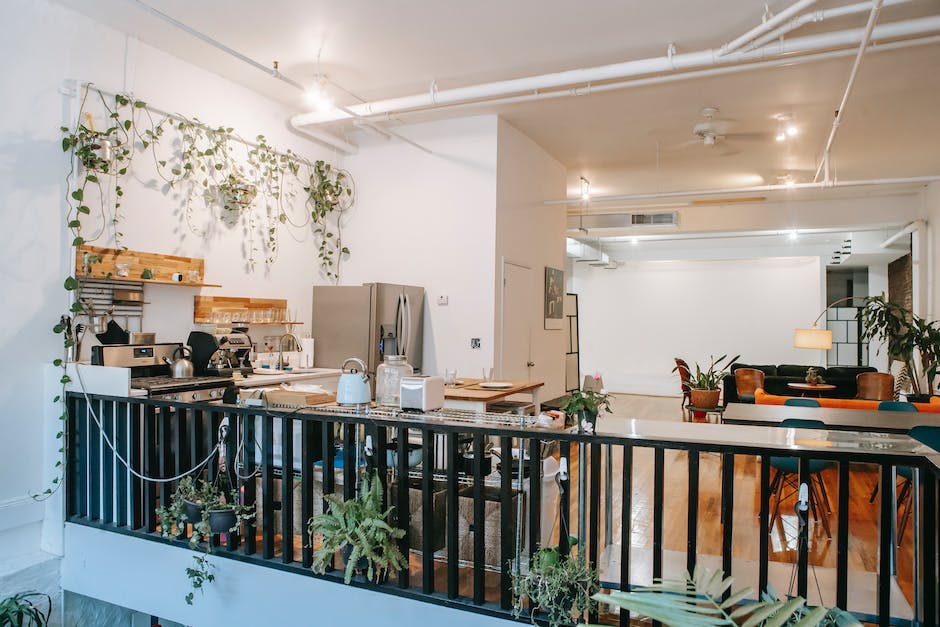
Scandinavian interior design is more than just a style; it’s a philosophy that embraces simplicity, functionality, and a profound sense of serenity. Through understanding its deep-rooted historical background, its guiding principles, and its defining features, it becomes clear why this design ethos remains deeply embedded in the global design scene. Whether you’re redesigning your home or just appreciate the calm, cozy aesthestics, embracing the core values of Scandinavian design can inject a sense of tranquility, simplicity, and clean minimalism to any space. As we look forward, undoubtedly, Scandinavian design will continue to play a transformative role in shaping the future of design — adapting and inspiring with its ever-evolving, enduring spirit.

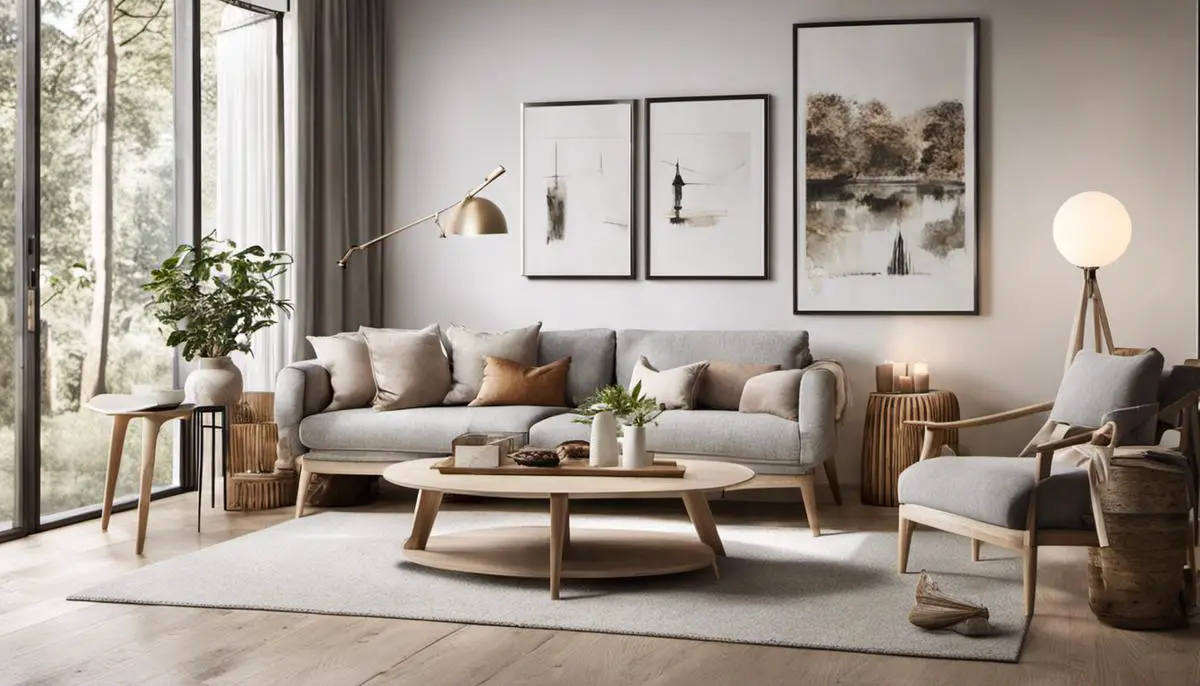
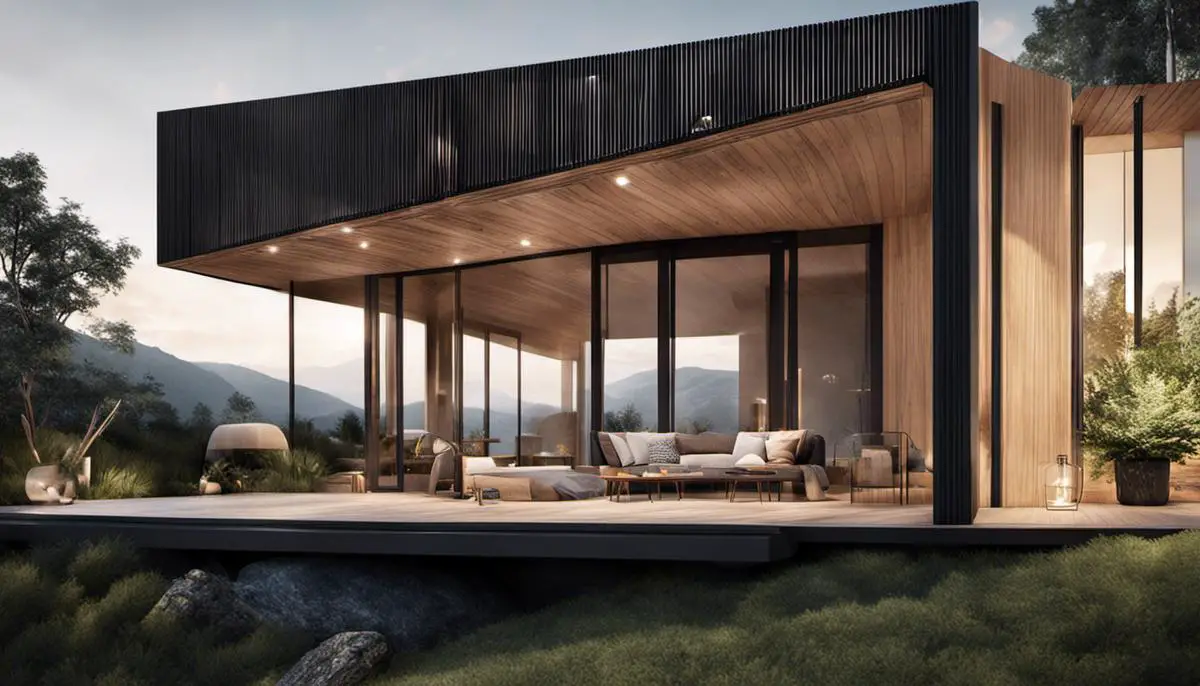
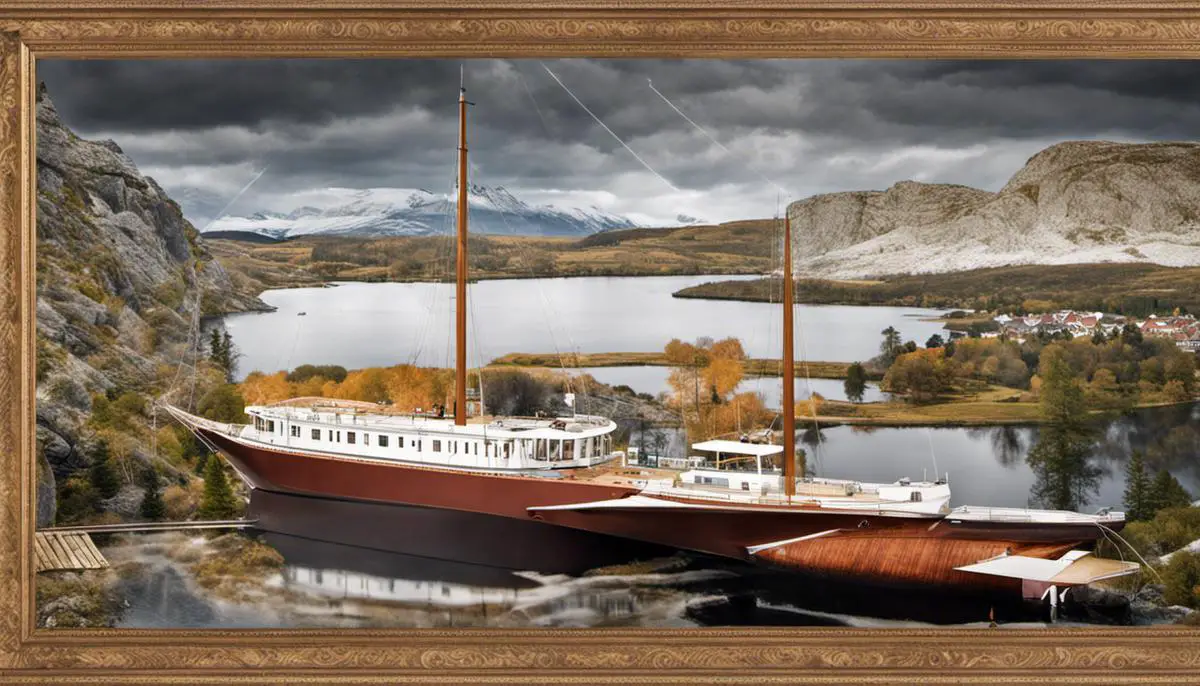
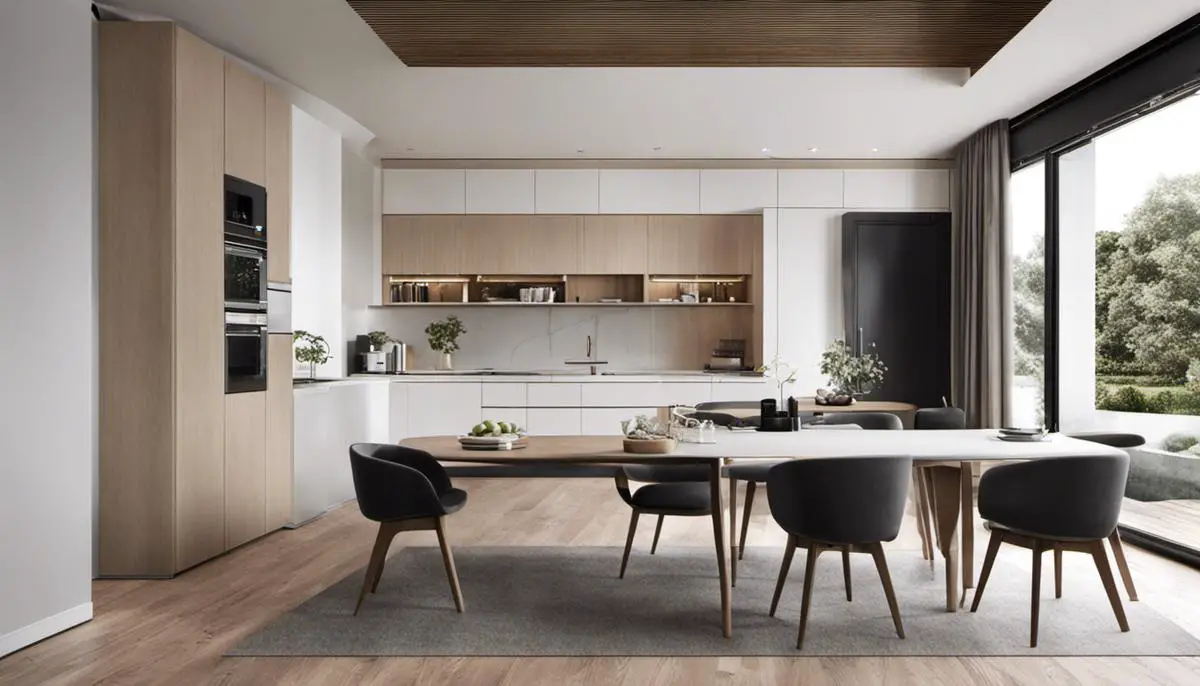
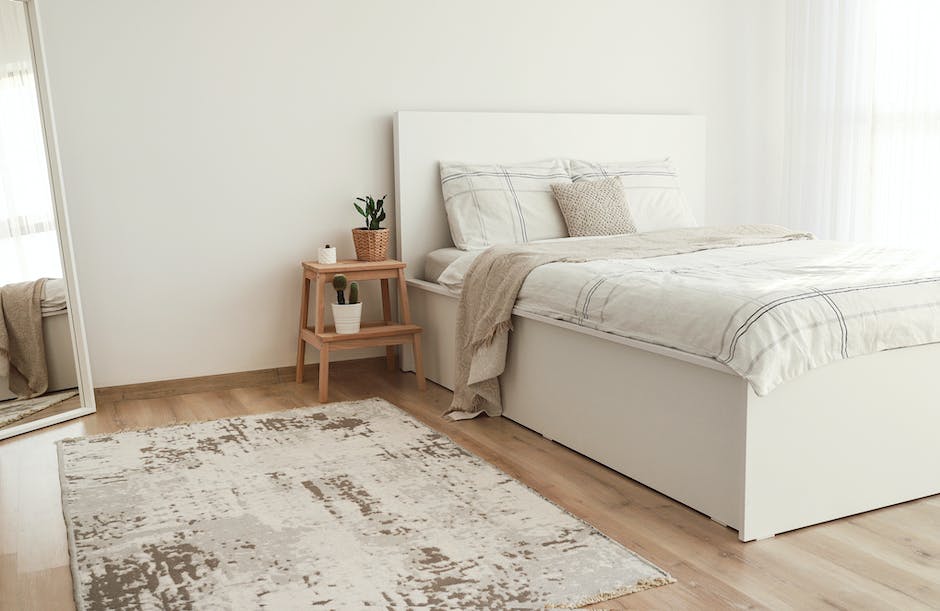
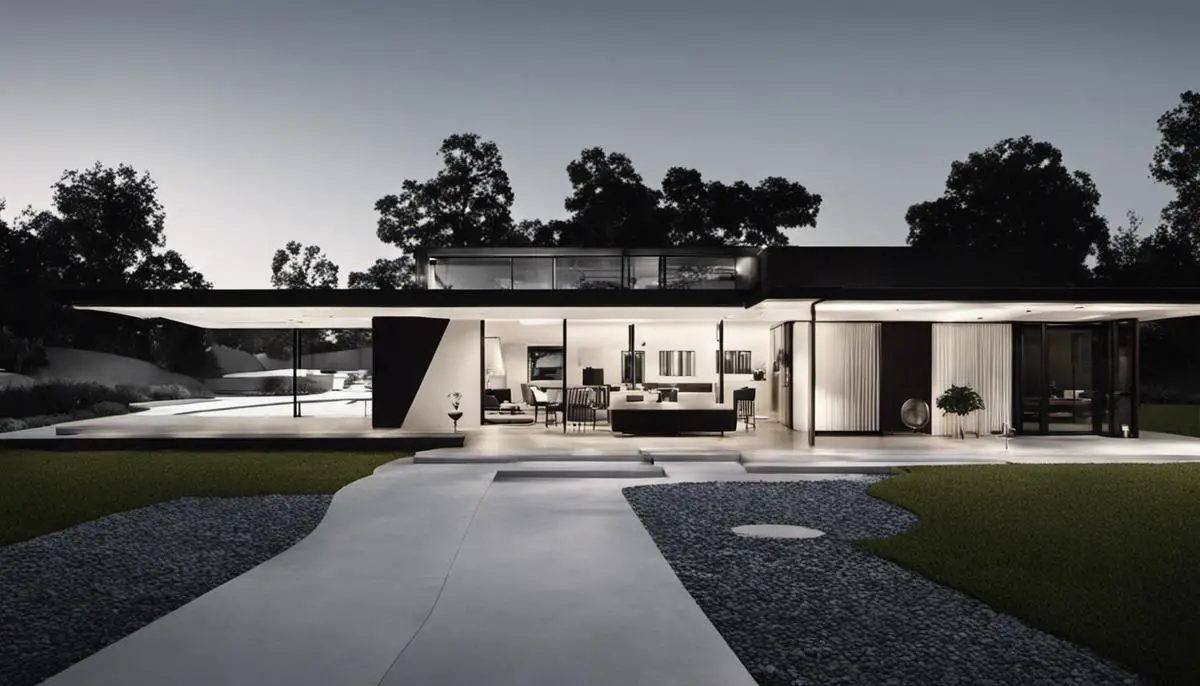
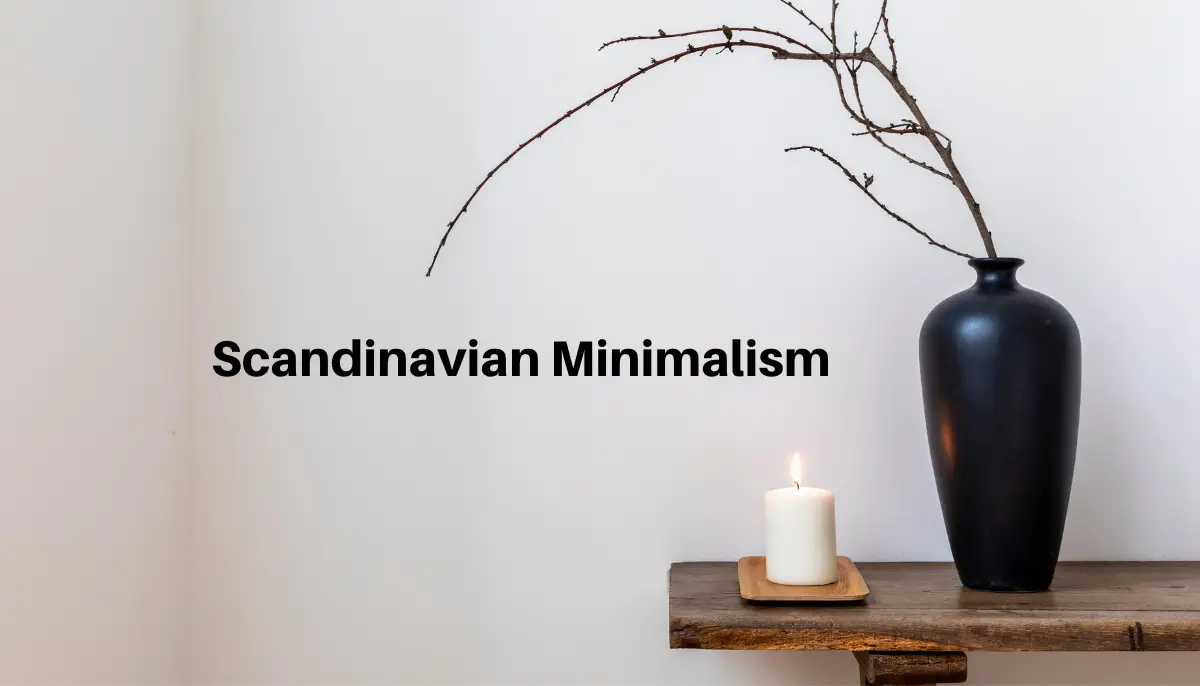

Leave a Reply